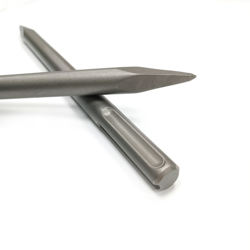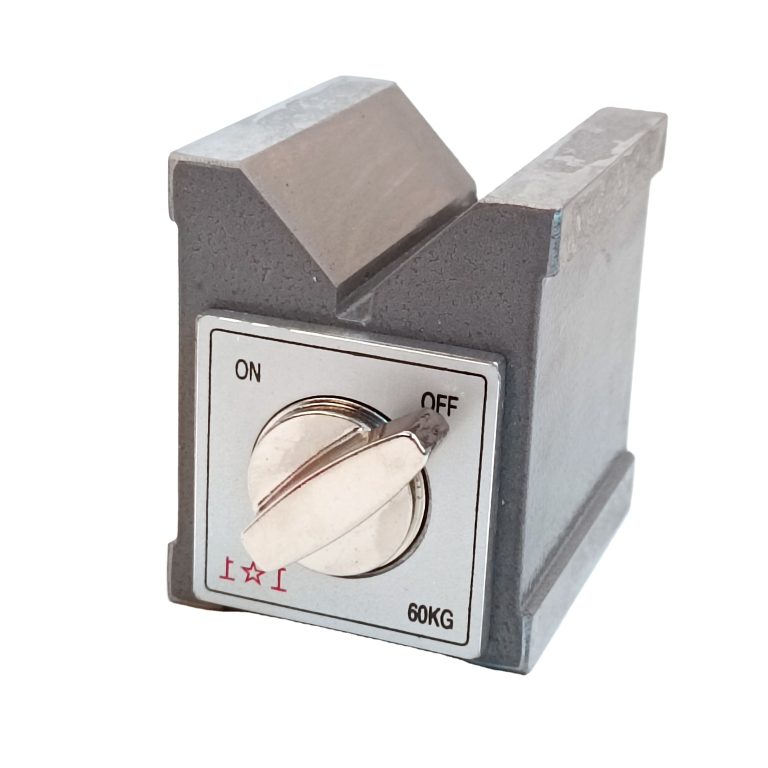The difference between diamond milling cutter and tungsten steel milling cutter
The difference between diamond milling cutter and tungsten steel milling cutter
1. Tungsten steel knives and diamond knives are made of different materials
The main manufacturing material of tungsten steel knives is tungsten steel (also known as high-speed steel), which is an alloy steel with high wear resistance, high temperature resistance and high hardness. Therefore, tungsten steel cutting tools have the advantages of good wear resistance, good high temperature resistance, and stable cutting effect. The diamond knife is a composite material made of diamond abrasives and metal bonding agents. Diamond has extremely high hardness and wear resistance, so diamond knives have the advantages of wear resistance, high hardness, and high cutting efficiency. At the same time, diamond has poor thermal conductivity, which can easily cause the temperature of the cutting part to rise, thus affecting the cutting quality.
2. Tungsten steel knives and diamond knives have different uses
Tungsten steel knives are suitable for light cutting tasks, such as cutting steel pipes, metal sheets, plastic sheets, wood, rubber and other materials. Tungsten steel knives have the advantages of stable cutting effect and high cutting quality, but they are prone to wear when cutting super-hard materials. Due to its high hardness and wear resistance, diamond knives are widely used in cutting and processing heavy-duty, super-hard materials, such as stone, ceramics, glass, optical fibers, etc. Diamond cutters have the advantages of high cutting efficiency and good cutting quality, but because of their high hardness, they have extremely high requirements on the material and processing of the cutters themselves.
To sum up, there are obvious differences in the materials and uses of tungsten steel knives and diamond knives. Choosing the right cutting tools can improve work efficiency and cutting quality, while also extending the service life of the cutting tools and reducing cutting costs.








